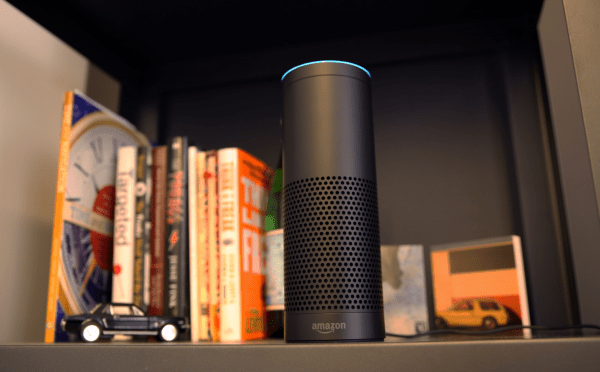Original Source: http://tcrn.ch/29NQv5y

Sisense, a company which helps customers link multiple data sources and summarize them in a single dashboard view, has been working on ways to understand the data outside of the context of a computer.
Today, the company announced an initiative called Business Intelligence Virtually Everywhere. That could involve asking questions to a voice-driven system like the Amazon Echo or linking important Key Performance Indicators (KPIs) to an intelligent lightbulb that changes colors to represent the current state of the KPI — for example, green for meeting the metric, orange for being in danger of falling short, or red for missing it.
What Sisense has found in early trials, according to CEO Amir Orad, is that customers have a much more emotional connection to the data when it’s presented this way. He said one executive he spoke to comes in each morning, and before she unpacks her bag, she checks the color of the lightbulb. With that, she already senses whether it’s about to be a good day or a bad one, even before she’s opened her laptop.

Image: Sisense
A few months ago, Sisense engineers began experimenting with finding ways to connect with Sisense data outside of a computer screen. One of the earliest ideas was Echo integration.
Imagine being able to ask meaningful questions about your most important business metrics: “Alexa, what are the daily sales figure for today?” or “Alexa, what was our revenue last quarter?”
James Levine, a Sisense customer from Act-On Software, has been using the Echo integration. While he was familiar with the device in a consumer context, he said that he had a hard time picturing how it would function at work until he actually used it to monitor key performance indicators. He found that people were really engaging with it, and he saw usage go up at the end of the quarter as they wanted to be sure they were meeting their sales goals.
He has also been using the light bulb system to monitor customer hold times. Looking up and seeing the light bulb is red is a clear signal that there is a problem and it needs to be addressed immediately.
As for the future, Levine would like to see these items linked together instead of a single instance of the smart bulb. “I would like to set up a switch board or color coded light bar to tell us more than one thing, to get a general sense of the business,” he said.
That could happen down the road, but for now, the initial integrations are a pretty cool starting point.
